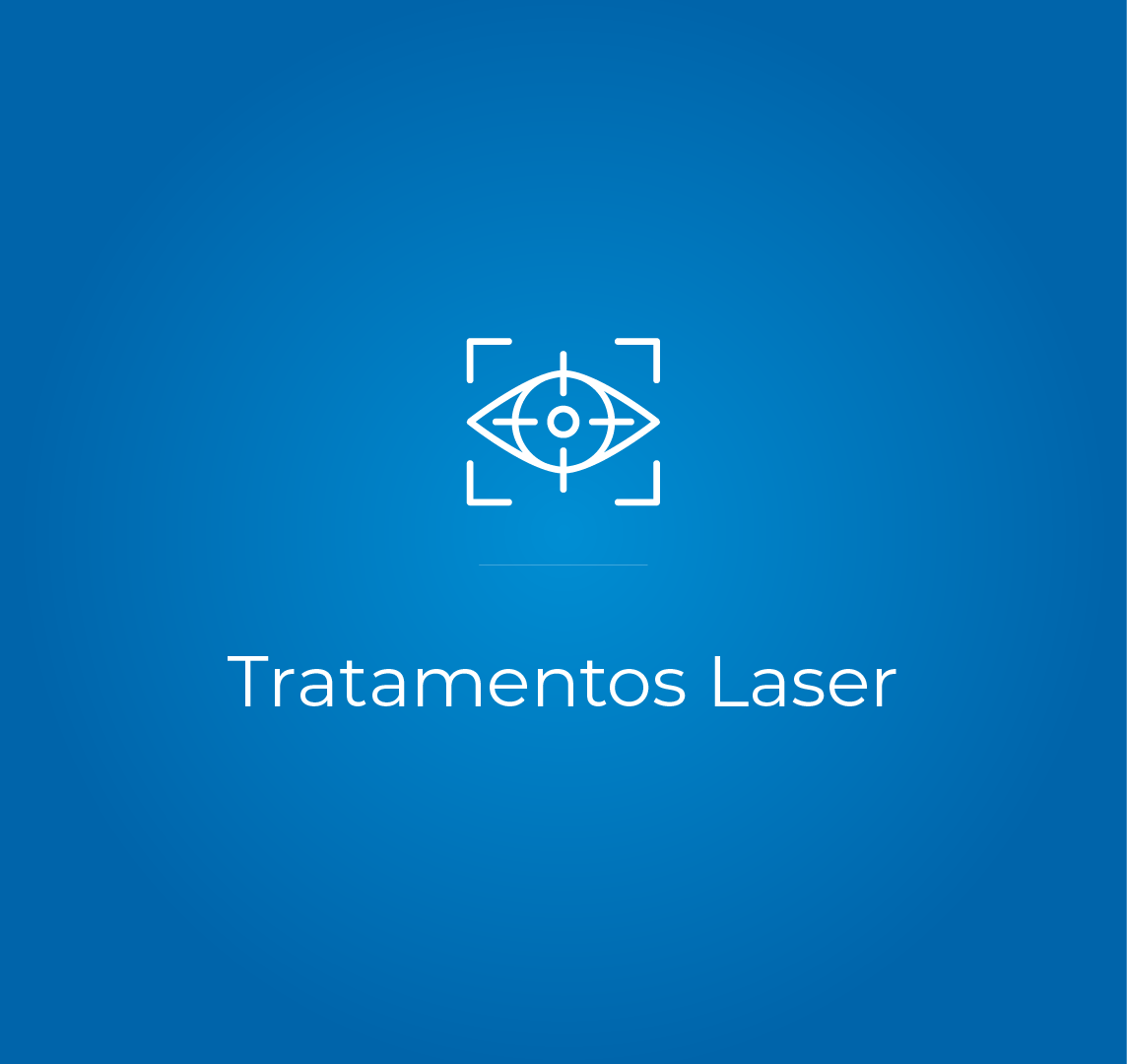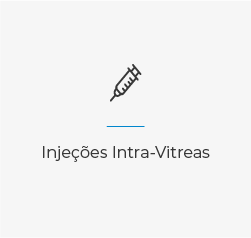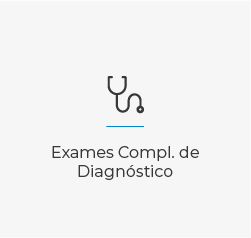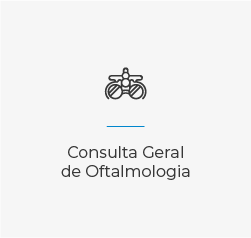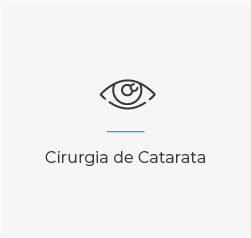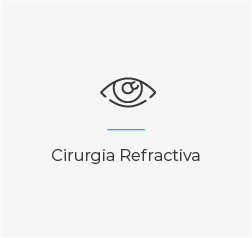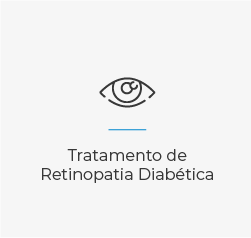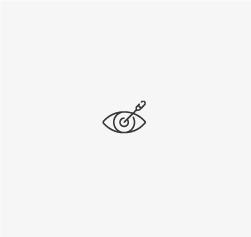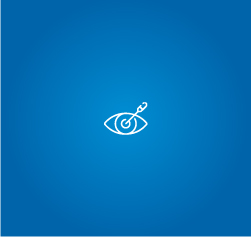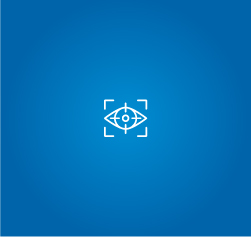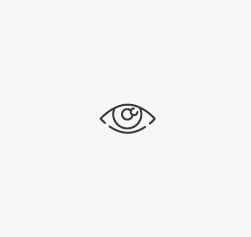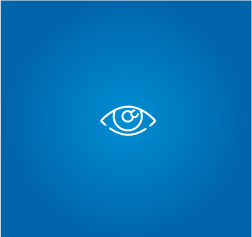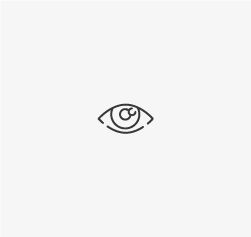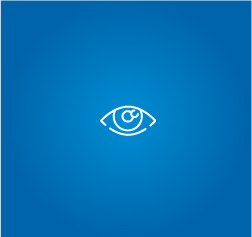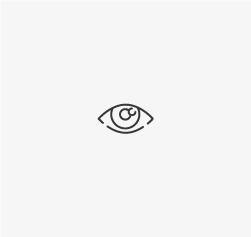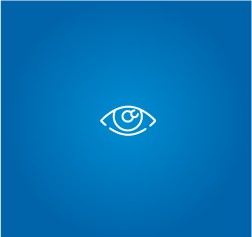LASER TREATMENTS
There are several types of laser with different uses in Ophthalmology. The term LASER derives from the initials of Light Amplification by Simulated Emission of Radiation.
The transparency of the ocular media makes an emitted light like that of the laser reach almost all tissues of the eye. All lasers are done on an outpatient basis and do not require hospital admission.
Different types of lasers are used in Ophthalmology according to the pathologies and treatments required.
The ND-YAG Bend Laser produces light of wavelength 532 nanometres (unit of measurement of wavelengths of visible light), in the green spectrum of visible light. This light is absorbed by the pigmented tissue of the eye and can be used to treat various eye pathologies, the most frequent being diabetic retinopathy, macular oedema, retinopathy of venous occlusions, retinal tears or glaucoma.
The PASCAL Laser (Pattern Scan Laser) uses a microprocessor controlled scanner that produces a variety of scalable patterns, visible on the monitor and which can be selected by the doctor. This laser makes it possible to perform faster and less aggressive by allowing multiple treatment points to be performed simultaneously and using predefined patterns.
To achieve this, pulse durations are reduced about 10 times, to around 10 to 20 milliseconds compared to 100 to 200 milliseconds achieved with a traditional laser. This offers several potential advantages over the conventional single-point laser, including greater uniformity and accuracy in spot placement and reduced pain.

A crystal containing neodymium generates this LASER producing a 1064 nanometre light, which is in the infrared range. This light is used to produce photodisruption in the eye for the treatment of conditions such as acute closed angle glaucoma (to perform an iridotomy) or posterior capsular opacification (commonly called as dirty intraocular lens) after cataract surgery.


The Excimer laser is used to perform refractive surgery such as PRK or LASIK.
The femtosecond laser can be used in corneal surgery and cataract surgery.
CONTACTS
COIMBRA
Espaço Médico de Coimbra
Rua Câmara Pestana, n.º 35-37
3030-163 Coimbra, Portugal
Phone: +351 239 484 348 /Telm: +351 966 320 022
Fax: +351 239 481 487
E-mail: emc@oftalmologia.co.pt
AVEIRO
Rufino Silva - Clínica Oftalmológica
Av. Lourenço Peixinho, Nº 177-179, 2º andar
3800 - 167 - Aveiro
Tel: +351 234 382 847
Mobile: +351 918 644 767
E-mail: aveiro@oftalmologia.co.pt
FORM
COIMBRA
Espaço Médico de Coimbra
Rua Câmara Pestana, n.º 35-37
3030-163 Coimbra, Portugal
Phone: +351 239 484 348 /Telm: +351 966 320 022
Fax: +351 239 481 487
E-mail: emc@oftalmologia.co.pt
AVEIRO
Rufino Silva - Clínica Oftalmológica
Av. Lourenço Peixinho, Nº 177-179, 2º andar
3800 - 167 - Aveiro
Phone: +351 234 382 847
Mobile: +351 918 644 767
E-mail: aveiro@oftalmologia.co.pt
COIMBRA
Espaço Médico de Coimbra
Rua Câmara Pestana, n.º 35-37
3030-163 Coimbra, Portugal
Phone: +351 239 484 348 /Telm: +351 966 320 022
Fax: +351 239 481 487
E-mail: emc@oftalmologia.co.pt
AVEIRO
Rufino Silva - Clínica Oftalmológica
Av. Lourenço Peixinho, Nº 177-179, 2º andar
3800 - 167 - Aveiro
Phone: +351 234 382 847
Mobile: +351 918 644 767
E-mail: aveiro@oftalmologia.co.pt

